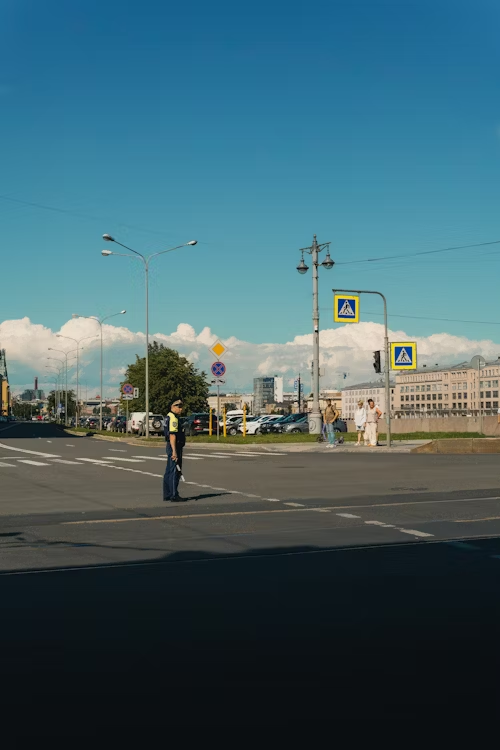
Smart Streets Ahead: Innovative Strategies for Enhancing Urban Pedestrian Safety
Introduction
As cities grow denser and traffic more complex, the need for improving urban pedestrian safety has never been greater. Every year, millions of people navigate busy streets that often prioritize vehicles over human movement. However, a shift is taking place—driven by smart technology and innovative urban design—that seeks to make cities safer, more connected, and more humane. By rethinking how streets are built and managed, city planners and technologists are working together to create environments where pedestrians can move confidently and securely. This article explores modern safety risks, the technological innovations transforming urban spaces, and the policy measures that support a new era of walkable, people-centered cities.
The Modern Challenge: Understanding Urban Pedestrian Safety Risks
Urban pedestrian safety is under constant threat due to rapid urbanization and increased vehicle dependency. According to the World Health Organization, over 270,000 pedestrians lose their lives annually, with the majority of these incidents occurring in busy metropolitan areas. Common factors contributing to these risks include distracted driving, insufficient lighting, and poor crossing infrastructure. In many cities, road systems were originally designed with cars in mind, leaving pedestrians as an afterthought.
To counter these growing dangers, the concept of smart cities has emerged. Smart cities use data-driven systems, sensors, and connected technologies to improve safety, sustainability, and quality of life. These innovations allow authorities to monitor real-time pedestrian movement, anticipate traffic conflicts, and design more responsive urban spaces. By adopting this approach, municipalities can transform high-risk intersections into smart zones that actively protect their residents.
Smart Infrastructure: How Technology Enhances Pedestrian Protection
One of the most promising strategies to improve safety involves the deployment of smart infrastructure. Cities are increasingly turning to adaptive traffic signals, motion-sensor crosswalks, and artificial intelligence to reduce collisions and enhance awareness among drivers and pedestrians alike. Smart streets use the Internet of Things (IoT) to collect and analyze data, providing timely alerts that can prevent accidents before they happen.
Some practical examples of this technology include:
- Intelligent crosswalk lighting systems that activate when pedestrians approach.
- Pedestrian-detection cameras capable of adjusting signal timing based on real-time foot traffic.
- Smart speed limit zones that automatically reduce vehicle speeds during high pedestrian activity.
Cities such as Amsterdam and Singapore have already implemented these innovations with remarkable success, reporting significant declines in pedestrian-related accidents. These examples prove that when technology is integrated into infrastructure, it creates a safer and more responsive urban ecosystem.
Urban Design and Policy: Creating People-Centered Environments
Technology alone cannot solve the issue of pedestrian safety. Effective change also depends on thoughtful urban design and strong public policy. Walkable city planning, with wider sidewalks, car-free areas, and mixed-use developments, encourages safe pedestrian movement and reduces reliance on cars. Well-lit streets and accessible pathways further improve the sense of safety for all users, including children, seniors, and people with disabilities.
Cities like Copenhagen and Barcelona have set global benchmarks by implementing people-first design principles. Their focus on green transport zones, reduced vehicle access, and community-driven initiatives demonstrates how design and policy can work hand-in-hand. In addition, government support and community engagement play vital roles in maintaining safety programs, funding infrastructure, and promoting awareness campaigns.
Conclusion
Urban pedestrian safety is no longer just an aspiration—it is a necessity for thriving, sustainable cities. By merging innovation, urban design, and policy, communities can create environments where walking is not only safe but also enjoyable. As technology continues to advance, cities that embrace these smart solutions will lead the way toward a future where every step taken on city streets is secure. For local leaders, urban planners, and residents alike, now is the time to support and advocate for smarter, safer streets that protect everyone.